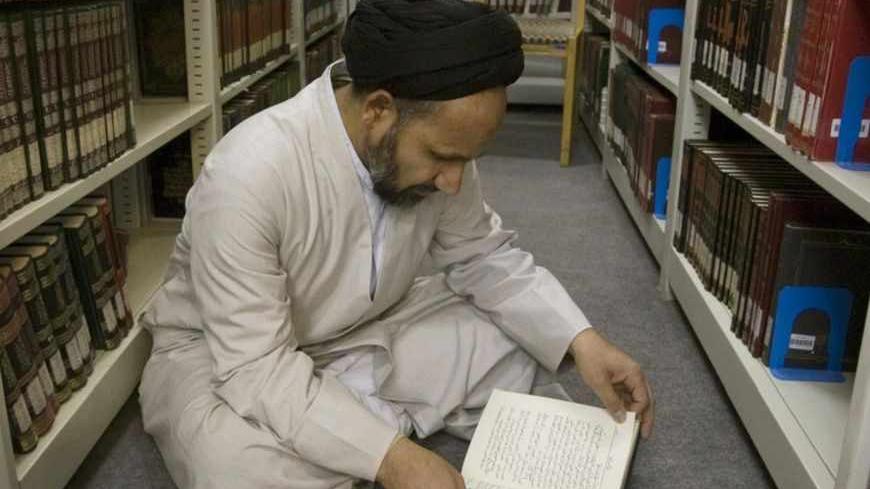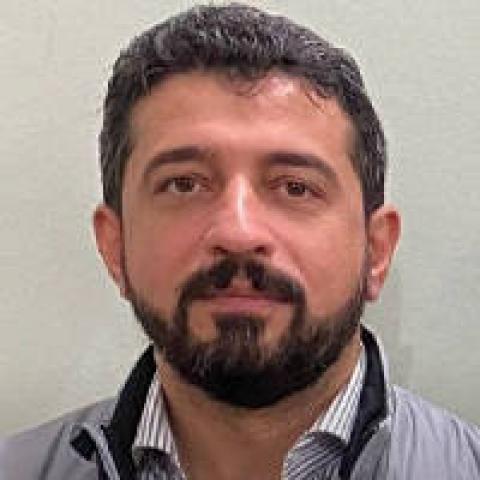In the past two decades, the extensive money allocated by religious institutions to their books and libraries section — alongside the foundation and expansion of educational centers — have turned the city of Qom into a rich source for books on religion, humanities and literature, not only in Iran but also in the region. Although the idea of hidden and banned books and libraries in the age of communication and expulsion of information is difficult to imagine, this phenomenon still has a substantial presence in the Hawza of Qom.
Almost all seminary libraries have a private section to which only very limited and controlled access is provided. In fact, the patrons are often not aware of the existence of these sections at all. These restrictions are on top of the normal strict restrictions that are in place, limiting the access of non-seminary students to these libraries. Additional restrictions are in place for female students who are allowed access to just some of the material, and then only during a limited window of time, and they are completely banned from gaining access to some of the libraries.



